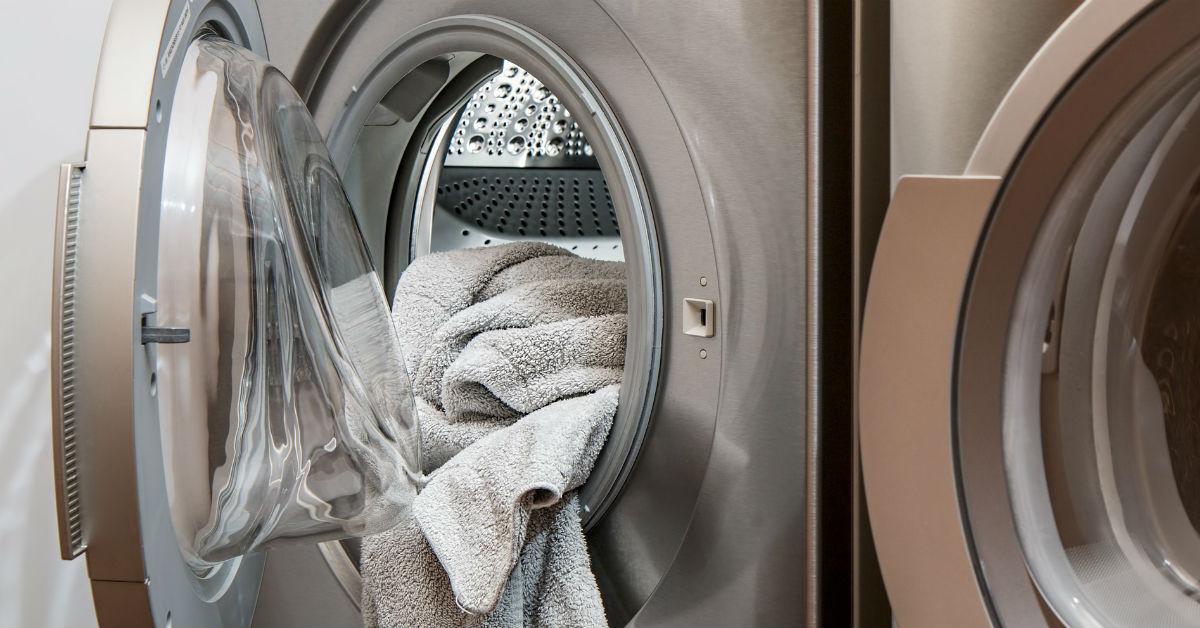How To Shop For Eco-Friendly Appliances
Find an energy efficient fridge with a lower carbon footprint through this handy shopping guide.
Updated May 31 2019, 3:13 p.m. ET
So much of our daily power consumption comes from appliances we use all the time, like refrigerators, freezers, dishwashers, and dryers. And unfortunately, a lot of that energy is wasted due to faulty product design or skewed sizing, putting an unnecessary strain on the electric grid. That’s why finding energy efficient options is so important, but sometimes, that’s easier said than done. How are we supposed to find “green” gadgets, when they don’t exactly spell it out on the sticker?
There are a few simple ways to guide your search, as you’ll find in the guide below. With these tips, you can find eco-friendly, efficient appliances in no time — and start saving on your monthly electric bill.
Look for the Energy Star
This ubiquitous label is a blue and white square featuring a star in the center — and nowadays, you can’t miss it. Energy Star is a program within the EPA that grades appliances based on energy efficiency and sometimes water use, too. Products must clear certain hurdles to earn the Energy Star label, and those hurdles can be quite different, depending on the type of product.
Refrigerators, for example, must meet 10 percent less energy use than minimum federal efficiency standards. But dishwashers are a little more complicated. A compact dishwasher with less than eight place settings has to hit less than 203 kilowatt hours per year and less than 3.10 gallons per cycle. But if you’re looking at a standard dishwasher with over eight place settings, the numbers jump slightly to less than 270 kWh a year and less than 3.5 gallons a cycle.
Major companies like Samsung and LG carry Energy Star labels, so you shouldn’t have any problem finding qualifying appliances near you. But before you put any money down, ask about the origin story.
Figure out where it came from
It isn’t always easy to trace the steel, rubber, or plastic in your home appliances, but you can figure out where the finished product is made — and that factors into its carbon footprint. When a product has to travel great distances to reach your door, it’s contributing more transport emissions. So try to shop local whenever you can, even if local just means the U.S.
Be realistic about your size specs
A large washing machine wastes energy when it’s only laundering five socks, just as a mid-sized fridge wastes energy when it’s straining to chill a 12-person feast. Think about how much you cook and clean. Do you need a standard dishwasher, or will a compact one do? This way, you can find an appliance that matches your needs, no more and no less.
Ditch that icemaker
Be wary of refrigerator add-ons, because they tend to suck up extra energy. That means ice makers and water dispensers are off the table. And while you’re at it, steer clear of side-by-side or French door models — according to Consumer Reports, those fridges consume more power than ones with top or bottom freezers.
Don't forget to recycle your old appliances
Once your new gadgets arrive, don’t just move the old ones to the garage, where they’ll sit and rust. Contact your city trash collection service or utility company about setting a pickup, or try the EPA program RAD, short for Responsible Appliance Disposal. They’ll help you recycle your used appliances responsibly, and in some cases, you might even earn a cash credit.


